Porcelain vs Quartz Countertops: Best Choice for Your Home?
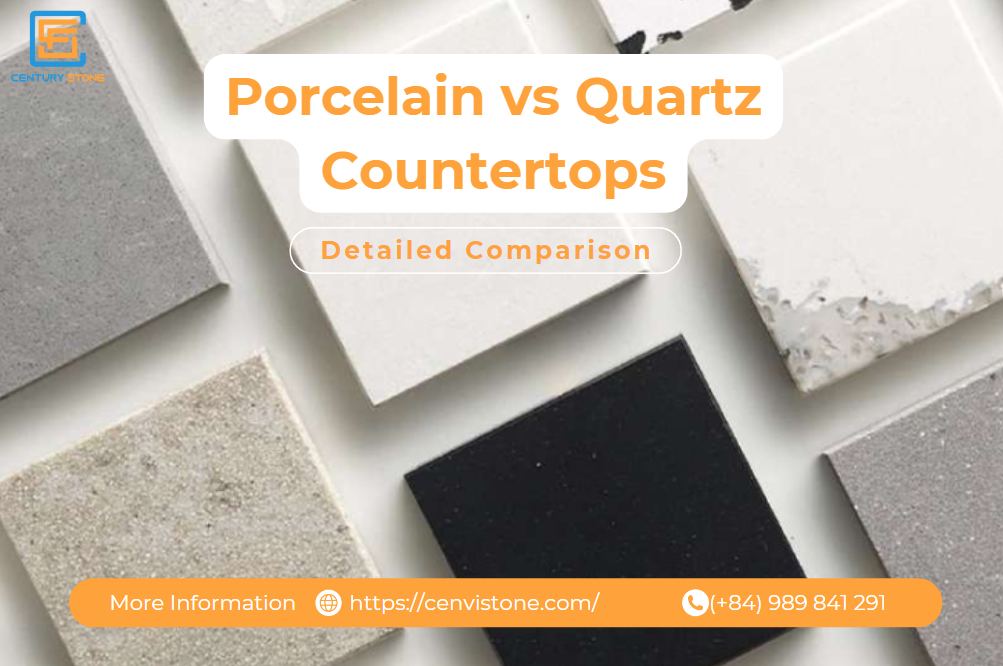
Porcelain vs Quartz Countertops: Best Choice for Your Home?
Porcelain vs Quartz Countertops: Brief Overview
Choosing the right material for your countertops is as much about beauty as it is about functionality. Whether you are renovating your kitchen or designing your dream space from scratch, understanding the difference between porcelain and quartz countertops can be pivotal to your decision. While porcelain boasts a modern vibe with its sleek appearance and color consistency, quartz shines with its diverse patterns and robust texture.
Material Matters: What Sets Them Apart?
Porcelain Characteristics Breakdown
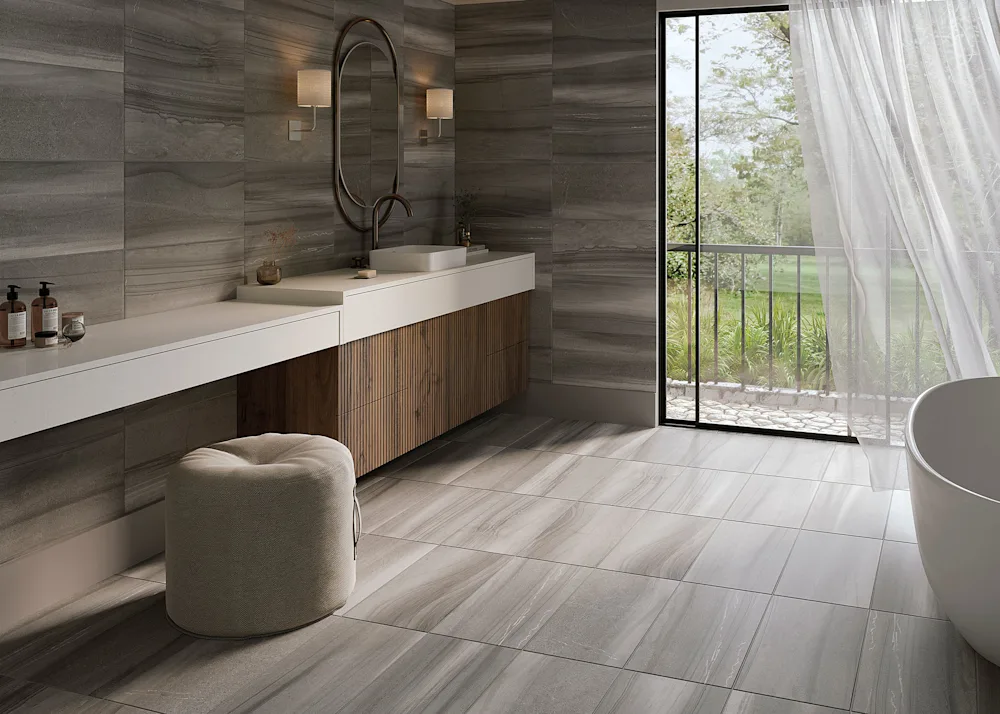
Porcelain Characteristics Breakdown
Porcelain is known for its sophistication and its multitude of design options. It’s formed from clay and other natural materials which are fired at a high temperature, resulting in a durable and dense slab. The key characteristics of porcelain include:
- Heat Resilience: Its high firing temperature translates to excellent heat resistance.
- Color Variability: Available in various hues, it offers an array of aesthetic choices.
- Moisture Resistance: The material has a low porosity, which makes it impervious to water and stain-resistant.
- Maintenance Ease: Porcelain doesn't usually require sealing and is a cinch to clean.
- Translucency and Hardness: Unique components give a glass-like texture that's hard and less prone to scratches.
Quartz Composition Essentials
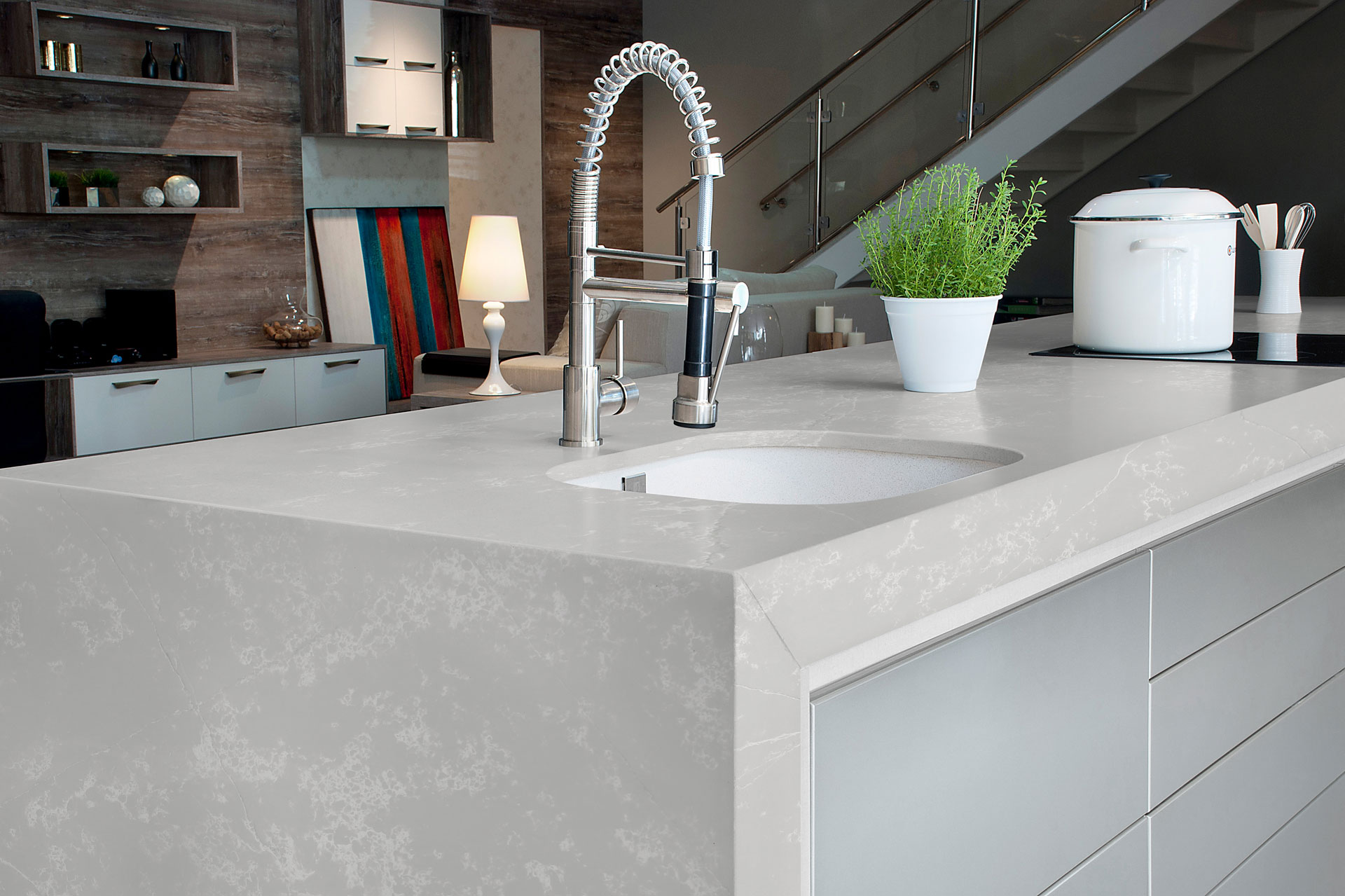
Quartz Composition Essentials
Quartz, a chosen favorite for many home designers and homeowners, blends natural elements with human ingenuity. Here’s the scoop on what makes quartz tick:
- Hybrid Structure: Mainly made of natural quartz, its composition is amped up with resin binders for added durability.
- High Quartz Content: The 90% ratio of quartz in its mixture results in a hardy surface.
- Non-Porous: Resins seal the deal by making the countertop non-porous and resistant to stains.
- Consistent Patterns: Engineered precision creates a uniform appearance, offering consistency across slabs.
- Variability: Through pigmentation, quartz can mimic the look of natural stone or present in vibrant colors.
Practical Pros and Cons of Porcelain vs Quartz
When weighing your countertop options, it pays to look at the practical advantages and drawbacks of both porcelain and quartz.
On the side of porcelain: It's lauded for its exceptional heat resistance, which allows for worry-free cooking adventures. Its low porosity rate means spills can be wiped away easily without leaving a stain. Additionally, its slender profile allows for a contemporary aesthetic in modern homes.
However, porcelain isn't foolproof. It can be more prone to chips or cracks if a heavy object impacts the surface. And while it is relatively easy to maintain, the options for repairs are more limited compared to quartz.
Shifting focus to quartz: Its strong suit includes supreme durability and a composition that resists scratches and dings. It also offers an ongoing peace of mind with its non-porous surface repelling bacteria and staining substances.
The cons? Quartz doesn't handle extreme heat as graciously as porcelain — a hot pot directly from the stove could leave a lasting mark. Also, with sunlight exposure, its colors could fade over time in an outdoor installation.
Visuals Comparison - Porcelain vs Quartz
Diving into the visuals, let's shed some light on the aesthetic differences between porcelain and quartz countertops which can significantly influence your choice.

Visuals Comparison - Porcelain vs Quartz
Porcelain prides itself on its clean and minimalistic look. It can convincingly replicate other materials like marble or wood without the associated maintenance. The colors are often solid and can lend an air of modernity and sleekness to your kitchen.
Meanwhile, quartz brings a sparkle of diversity with its varied patterns and colors. The embedded quartz particles shine under the light, offering a depth and richness that porcelain might lack. This can give a more luxurious and organic feel to your countertops.
When it comes to the face-off on visuals, the decision often hinges on whether you cherish the contemporary, uniform finish of porcelain or the characterful, textured look of quartz.
Porcelain vs Quartz Countertops - Durability and Longevity Compared
If you're eyeing a countertop that will see you through years of spills, splashes, and knife jabs, durability is undoubtedly a key factor in your decision-making process. So here's how porcelain and quartz measure up in the toughness department:
Porcelain is tough, alright. Its surface resists heat, scratches, and UV rays, which ensures that it doesn't fade even in the sunniest spots of your home. Porcelain is also notable for resisting thermal shock, so go ahead and plop down that hot pan. Its colors and patterns won’t fade quickly, providing a lasting vibrancy.
In the other corner, quartz flexes its muscle with its resistance to scratches and chipping, a testament to its robustness. It’s designed to withstand the hustle and bustle of a busy kitchen. However, keep those trivets handy, as quartz isn't as fond of heat as its porcelain counterpart.
Both contenders are stalwarts in their own right; porcelain offers unbeatable heat and UV resistance, whereas quartz champions a strong defense against everyday kitchen melee.
Practicality in Installation and Repair
Ease of Installation
If you're curious about the ease of bringing these shiny new surfaces into your kitchen, the installation process for each material is worth considering.
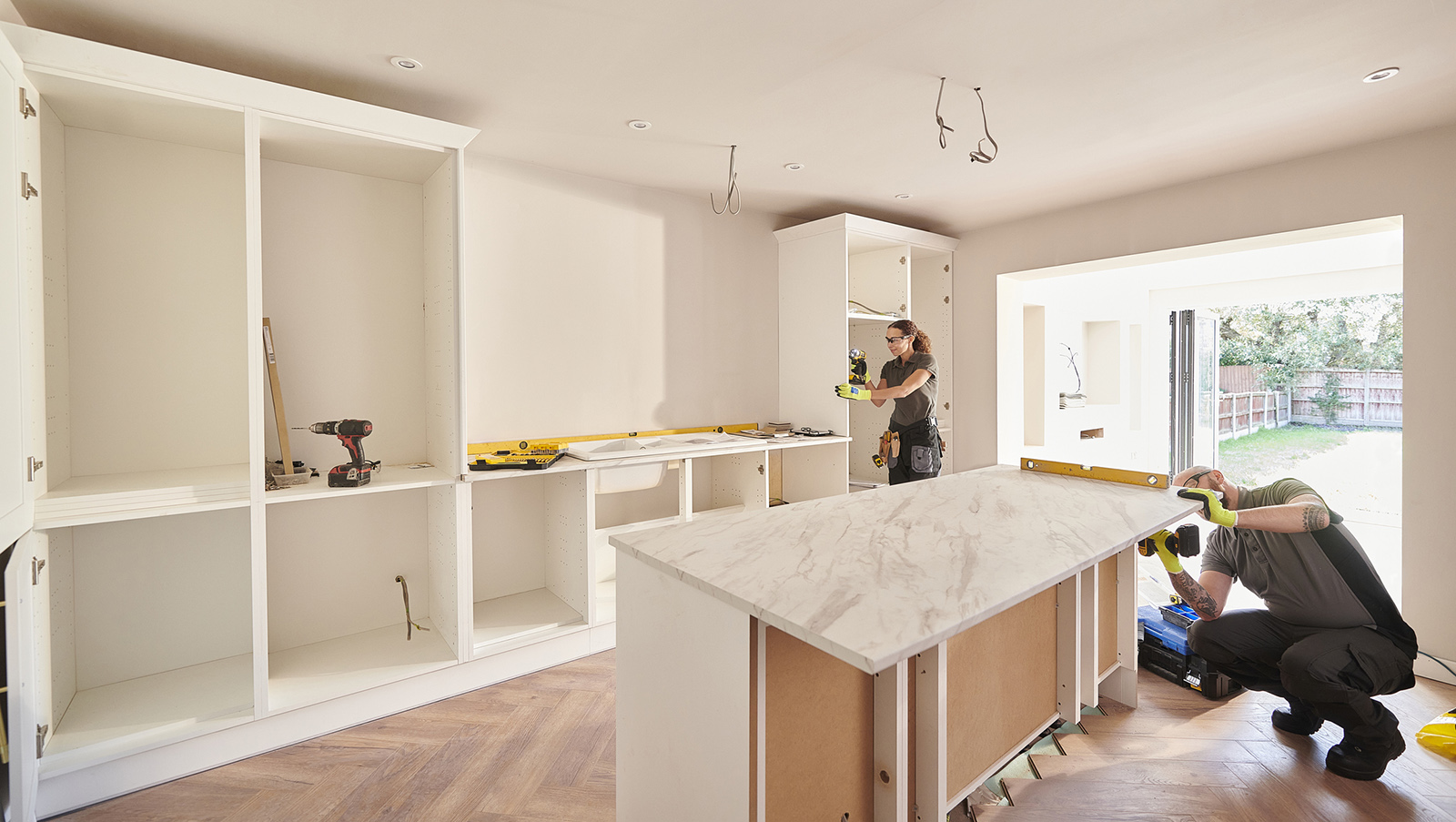
Ease of Installation
For porcelain countertops, one of the crowning glories is their ability to be installed directly over existing countertops. This is a superpower when it comes to saving time and avoiding mess. Imagine, no demolition required! Plus, their lighter weight makes manipulating and moving the slabs into place less of a herculean effort.
As for quartz countertops, keep in mind they're on the heftier side. They must bid farewell to the old to welcome the new, meaning existing countertops need to be removed before installation. The weight also means you'll need a strong support system – sturdy cabinets to bear the quartz burden are non-negotiable.
It's a toss-up between the convenience of over-the-top installation from porcelain versus the more involved, but solid foundation necessary for quartz.
Fixing the Blemishes: Repair Considerations
Life happens, and so do countertop mishaps. When it comes to repairs, the strategies for porcelain and quartz have different storylines.
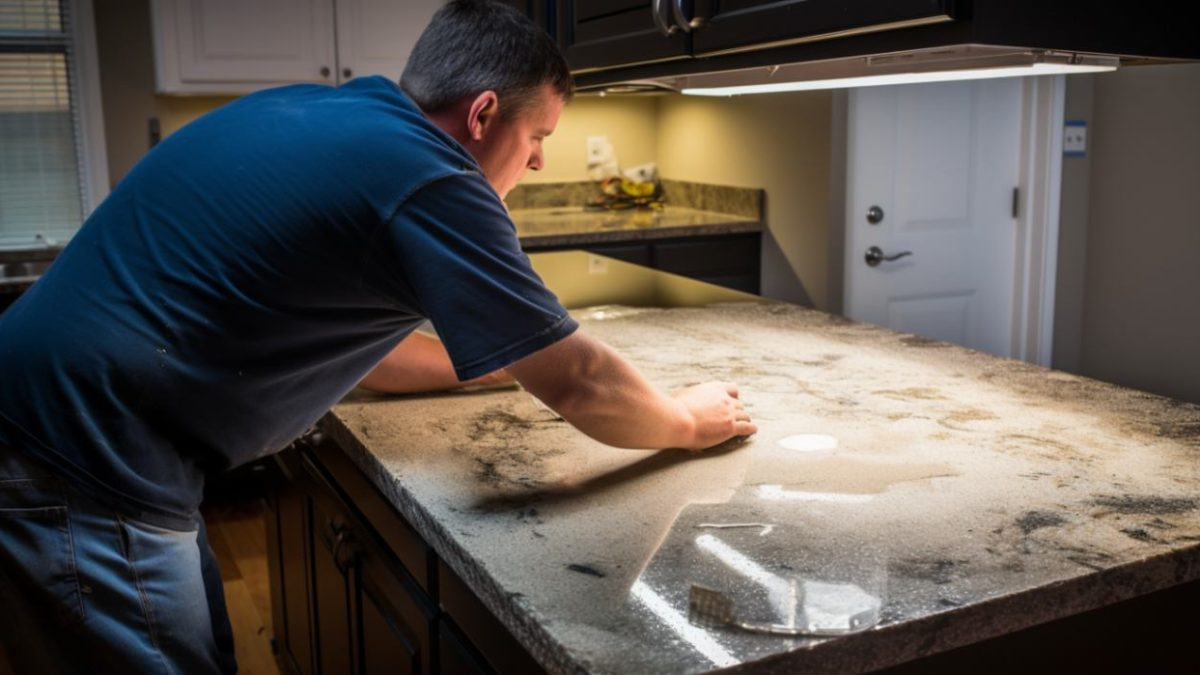
Fixing the Blemishes: Repair Considerations
Porcelain repairs may feel a bit like an art restoration project. For minor scratches, one can use a color-matching repair kit to blend the blemishes invisibly with the surrounding area. However, for more extensive damage, the options might be limited and, in some cases, a professional repair or complete section replacement might be the only fix.
On the other hand, quartz repairs strike a chord with practicality. Light scratches might be polished out easily, giving your counter a refreshed look. Should your quartz suffer from severe cuts or cracks, a professional fabricator can usually mend the damage with a filler that's color-matched, making it almost like new.
While porcelain can be a tad more delicate, quartz offers a slightly more forgiving path when it comes to remedying those accidental imperfections.
Cost Comparison: Investing in Your Countertops
When it's time to open your wallet for that perfect countertop, you're probably wondering how deep you'll need to dig. The cost can sway your choice between porcelain and quartz, as the investment reflects not just the purchase but also the lifetime value of the countertop.
Porcelain panels tend to range between $55 and $120 per square foot. While it might sound steep, remember that porcelain could potentially be laid over existing counters, possibly cutting down on labor costs.
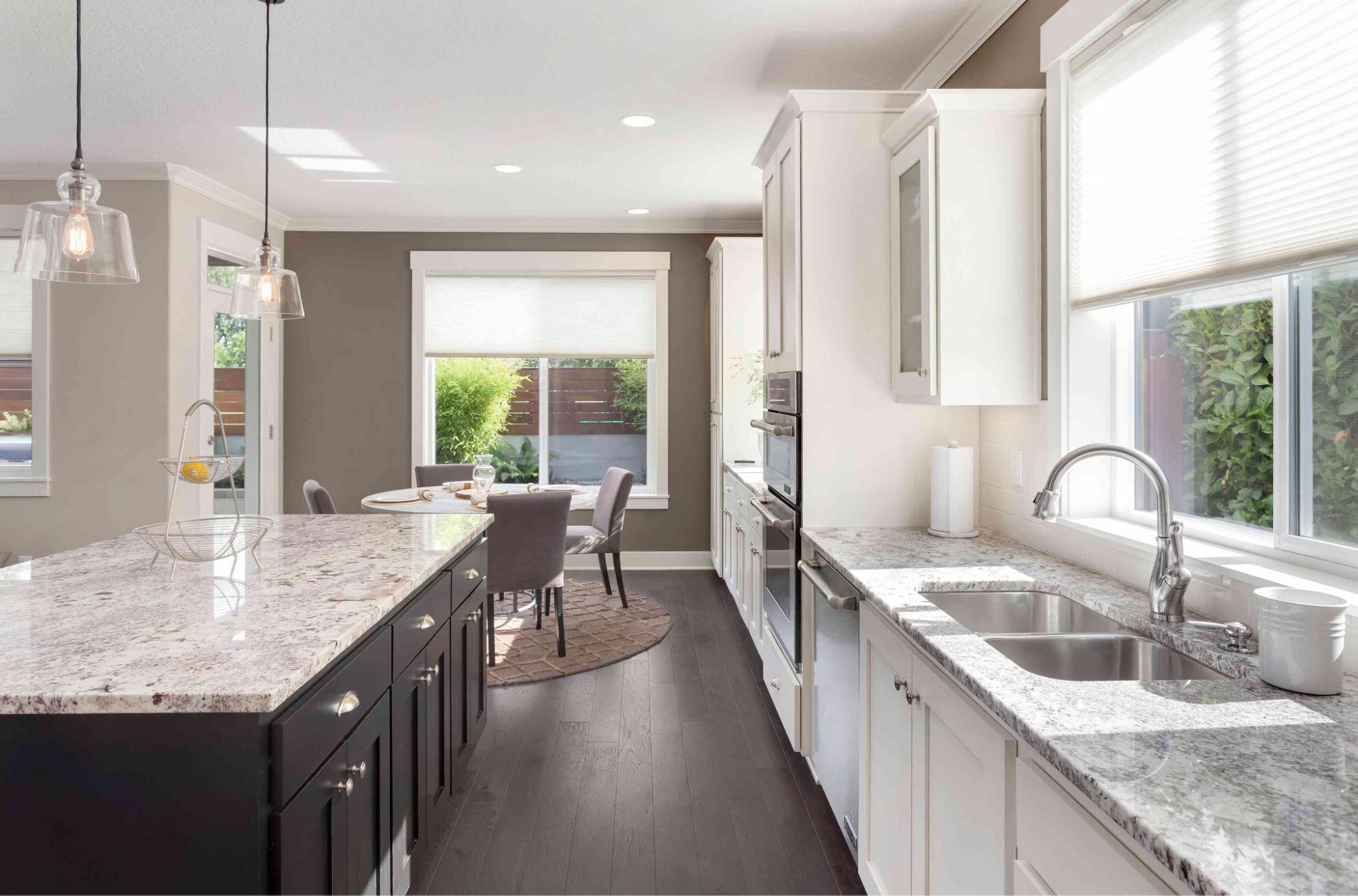
Cost Comparison: Investing in Your Countertops
Quartz is a bit more of a wildcard in pricing, swinging from $45 to a hefty $200 per square foot. Factors feeding into the final price include the stone's color, the complexity of the job, and the edge finish you opt for.
Overall, the financial plunge is influenced by the size of your project and the specific aesthetic you're aiming for. Quartz might be kinder on your budget for smaller areas, whereas porcelain can provide a cost-effective solution for larger renovations.
Environmental Aspects: Eco-Friendliness Examined
Decoding Material Makeup: Sustainability Spotlight
As consumers become more environmentally conscious, the sustainability of countertop materials is certainly a spotlight issue. Here's how porcelain and quartz stack up in the green living department.
Porcelain comes out strong with its eco-friendly badge, as it’s made from 100% natural, clay-based materials. Its innate property of being recyclable is a stand-out feature, meaning your countertop can avoid the landfill and live on in another form. It’s not just about being green; it’s about staying green throughout its lifecycle.
Quartz, while not entirely natural due to the resin binders, does incorporate a high percentage of natural quartz - one of the earth's most abundant minerals. However, the manufacturing process and the non-recyclable nature of the final product don’t quite measure up to porcelain's environmental prowess.
When sustainability is a priority, porcelain takes the lead with its natural composition and recyclability, offering a greener choice for those looking to minimize their home's carbon footprint.
Inalterability over time: Environmentally Safe Choices
When considering environmental safety, it’s crucial to think long-term about how these materials behave over time. Both porcelain and quartz are champions of longevity, but let's examine their unalterability and eco-credentials as they age.
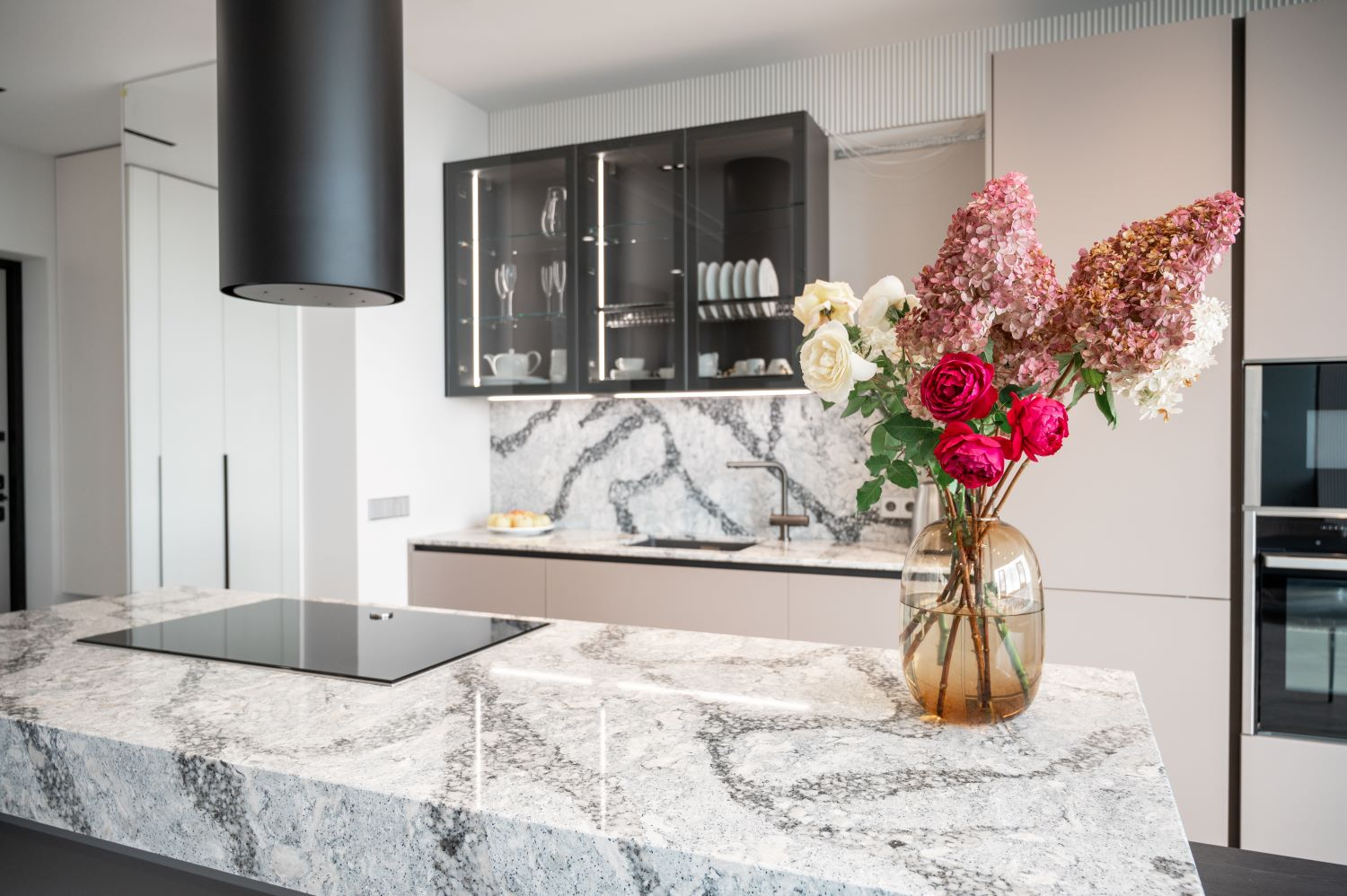
Inalterability over time: Environmentally Safe Choices
Porcelain impresses with its staying power. It maintains its look and physical properties even with heavy use, and because of its natural makeup, it doesn't release harmful substances into your home or the environment. As mentioned, its ability to be recycled at the end of its use not only reduces waste but allows the material to live a second life.
Quartz, while extremely stable and hardwearing, does contain resin binders that are not biodegradable. Although it stands the test of time, these resins prevent quartz from being recyclable in the traditional sense and may off-gas small amounts of volatile organic compounds (VOCs), albeit within safe levels for indoor air quality.
While quartz offers an enduring surface, porcelain gets the nod for unalterability with its full lifecycle being more environmentally considerate.
Final Verdict: Making an Informed Decision
Overall Comparison: The Winner for Your Home
Rolling out the final tally on the great countertop debate, the winner for your home can't be declared with a one-size-fits-all answer—it's all about alignment with your specific needs and values. Porcelain leads with its high heat tolerance, lightweight nature, and eco-friendliness, making it a top-notch selection for green households and modern spaces. On the flip side, quartz boasts unmatched durability, extensive design possibilities, and an ease of maintenance that could charm any busy kitchen maestro.
In the end, the true victor is guided by your priorities—whether that's preparation for a parade of hot pots, a long-term investment in a robust cooking arena, or making an environmentally responsible choice. Don't forget—aesthetics also play a significant role, as the material sets the stage for your kitchen's overall vibe.
Personal Preferences: Choosing What’s Right for You
Your personal touch is what transforms a house into a home, so let's translate that into choosing your perfect countertop. Reflect on your lifestyle: Do you revel in gastronomic adventures that could result in hot pans congregating on your counter? Porcelain might be your pal. Or, are you envisioning a bustling family kitchen where a dropped knife shouldn't spell disaster? In that case, quartz could be your rock.
Consider maintenance and longevity: Porcelain's simpler care could appeal to the minimalist in you, while quartz's enduring nature might resonate with those seeking longevity. And, of course, take a moment to muse over style: Porcelain for sleek uniformity or quartz for its rich, stone-like appearance?
At the heart of it, the best choice seamlessly integrates with your everyday life, sings in harmony with your aesthetic preferences, and aligns with your eco-conscious values.
Why Cenvistone is the Go-To Brand for Quartz Materials in Vietnam
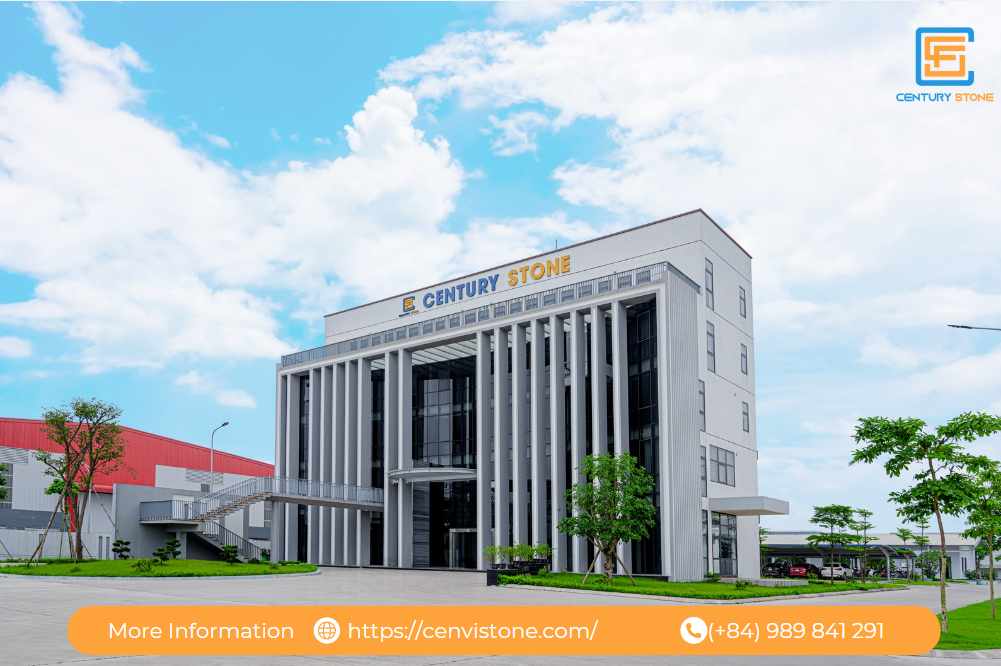
Why Cenvistone
When comparing porcelain and quartz countertops, it's clear that quartz has gained a strong reputation for durability and beauty—and in Vietnam, Cenvistone is leading the charge. Here’s why Cenvistone has become the go-to brand for quartz materials in the country:
- Superior Durability: Quartz is known for being highly resistant to scratches, stains, and heat. Cenvistone’s quartz materials offer unmatched strength, making them ideal for high-traffic areas like kitchens and bathrooms where durability is essential.
- Affordable Luxury: Cenvistone combines top-tier quality with competitive pricing. While quartz often comes at a premium, Cenvistone provides affordable quartz solutions without compromising on design or durability.
- Stunning Designs: With collections like Calacatta and Carrara, Cenvistone offers a wide range of quartz designs that mimic natural stone, giving homeowners the luxury look of marble with the durability of quartz.
- Low Maintenance: Unlike porcelain, which can be prone to chipping and requires careful handling, Cenvistone’s quartz countertops are non-porous and easy to maintain—perfect for busy households.
- Eco-Friendly Production: Cenvistone places a strong emphasis on sustainability. Their quartz is produced using modern, energy-efficient methods, ensuring a minimal environmental footprint while delivering high-quality materials.
In the porcelain vs. quartz debate, if you're in and looking for a Vietnamese brand that offers both style and substance, Cenvistone should be your top choice for quartz countertops.
FAQ: Tackling Common Queries on Countertops
Which countertop material is better for high traffic kitchens, porcelain or quartz?
For high traffic kitchens where durability is key, quartz countertops are often the preferred choice. Quartz is extremely hard and resistant to scratches and dings, making it well-suited to withstand frequent use. However, porcelain is also a strong contender, with great heat resistance and ease of maintenance. Ultimately, both can stand up to a busy kitchen, so your choice may hinge on other factors such as design preference and budget.
How do porcelain and quartz countertops compare in terms of installation costs?
Installation costs for porcelain and quartz countertops can differ due to material handling and labor. Porcelain is generally lighter, sometimes allowing for over-existing countertop installation, which can be less labor-intensive and costly. Quartz, being heavier, may require additional support and labor, potentially increasing installation costs. It’s wise to get detailed quotes that factor in material, labor, and any additional prep work for a comprehensive cost analysis.
Can both quartz and porcelain countertops be used in outdoor settings?
Yes, both quartz and porcelain countertops can be used outdoors, but porcelain is often the more suitable choice due to its excellent heat and UV resistance which prevents fading or damage from the elements. However, quartz is not as well-suited for direct sunlight exposure as it can lead to discoloration over time. When choosing for outdoor use, consider the climate and the amount of direct sun the countertops will receive.
Are there significant differences in the color and design options available between quartz and porcelain countertops?
Quartz and porcelain countertops both offer wide color and design selections. Quartz is renowned for its varied patterns, including those that mimic natural stone, with a range of veining and textures. Porcelain provides a vast pool of colors and can closely imitate materials like marble and granite with a sleek, consistent finish. Significant differences lie in the depth of design—with quartz presenting more three-dimensional patterns, while porcelain provides a surface-level aesthetic.

 en
en
 Vietnamese
Vietnamese
 English
English
 Chinese
Chinese